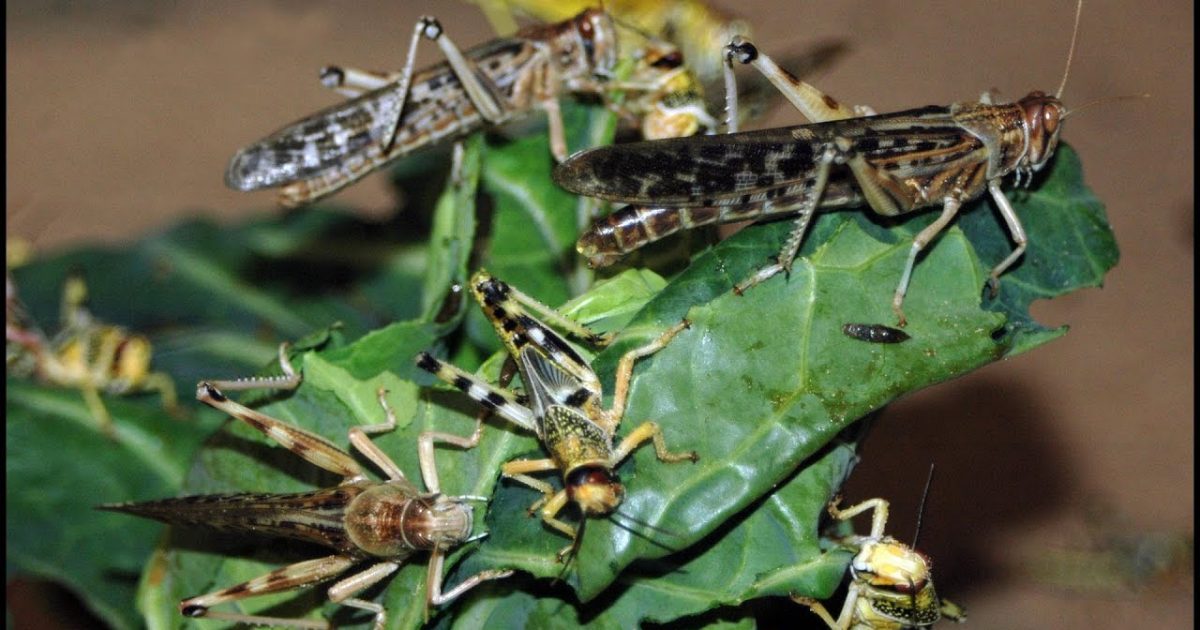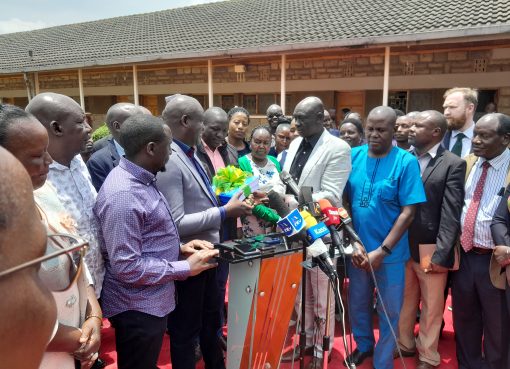The number of swarms of desert locusts being reported in the country has reduced from a high of 400 swarms five months ago to two or three swarms in Turkana and Samburu Counties.
However, despite the governments fight against the war, the migratory pests could still attack due to the weather changes and mainly the wind behaviour prompting another invasion, UN has warned
According to the Food and Agriculture Organization (FAO) Deputy Country Representative Hamisi Williams, another wave of invasion in the country could also attack depending on what happens in Ethiopia, northern part of Somalia and in Yemen countries that are experiencing breeding.
“Even though more gains have been achieved, the country could be staring at another invasion later in the year owing to reproduction of more pests as hotspots regions such as Yemen, Ethiopia and Somalia who are still battling the upsurge of the desert locusts in their localities”, he said.
In Kenya, Hamisi explained that the swarms got here in December 2019 by wind and since the southerly winds again will be coming in late November- December a possibility of bringing them back cannot be ruled out and thus government need to stay on the side of caution and always be prepared.
The FAO representative who was speaking after a 3 day media training on Desert locusts control programme reporting confirmed that there are discussions going on in Yemen to be able to support them with pesticides so that they are able to deal with the situation, because if they don’t deal with it well, the possibilities that winds will pick this across the Gulf of Eden and land in the Horn of Africa would be there.
He however confirmed that the desert locusts in parts of Samburu and Turkana counties have been contained to manageable small swarms and that only a few reports are being reported sometimes like two or three swarms which is a compared with a high of 200 to 400 swarms reported when infestation was at its peak.
“We are working closely with the Government to make sure that they deal with it when it comes considering we have recorded tremendous milestones in terms of fighting the desert locust since its invasion in December last year”, he said
Kenya, Hamisi further added has achieved a lot in terms of taming the migratory pests in the country thus restoring hope to enhance food security and community livelihoods.
“Kenya’s quick intervention in combating desert locust invasion saved the region from the effects of the pest. Were it not for the quick response in controlling the insects, they would have flown to bordering states as their movement is easily aided by the winds,” said Hamisi.
Agriculture Principal Secretary Prof. Hamadi Boga said the country will remain vigilant in case another desert locust invasion happens.
“Some swarms are still being reported in Turkana and Samburu Counties where we have some of the most uninhabited spaces, but we are remaining vigilant. We have enough chemicals so even if they decide to come back in December, we will be ready”, he said.
He explained that there is enough resources and chemicals, so if the desert locusts turn around and come back, there will be enough aerial spraying planes, chemicals and trained personnel to contain the situation.
Kenya Government and development partners under the leadership of FAO managed to mobilize adequate resources to intensify the war against the pests. By March the pests had invaded 28 counties in the country but the number reduced to two counties as at end of August this year.
FAO, is also working with the horn of Africa Governments –Ethiopia, Northern Somalia and Yemen to ensure the transboundary pests have been tackled.
By Wangari Ndirangu





